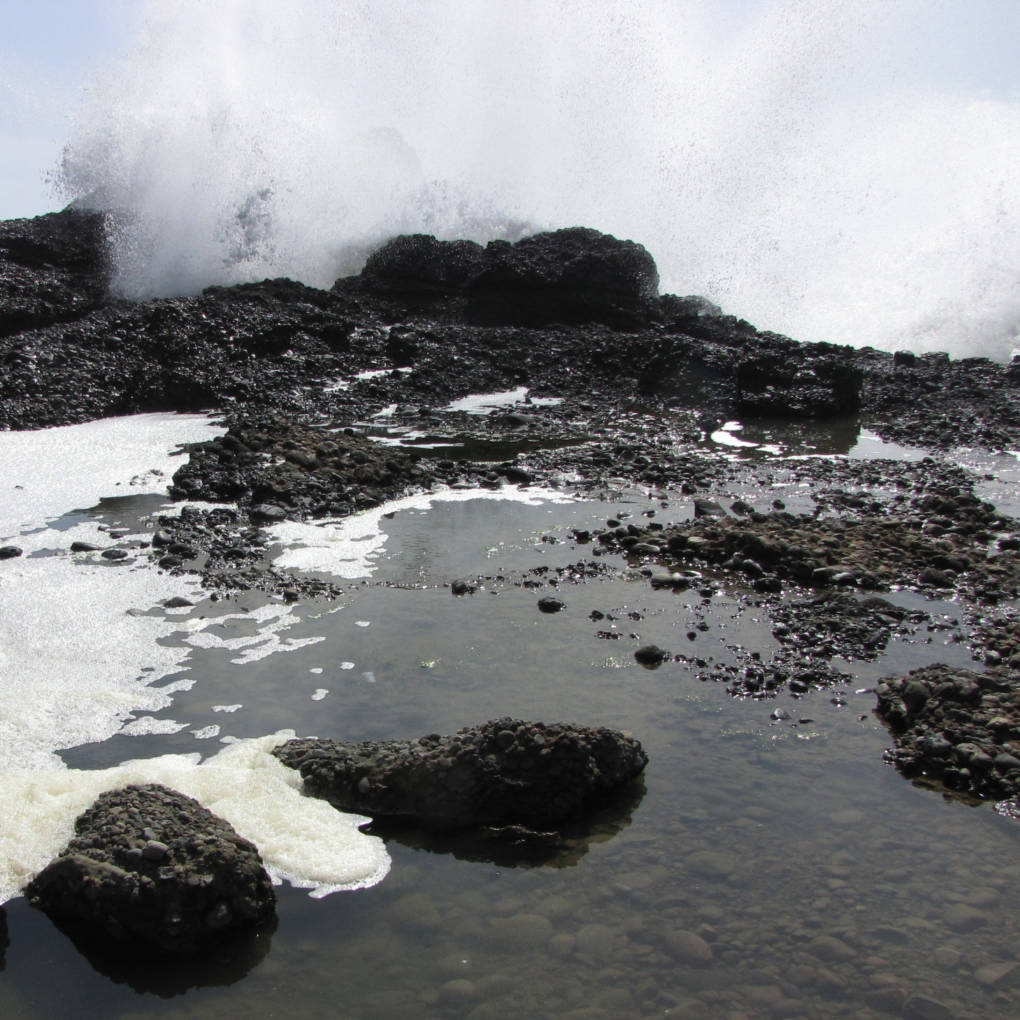Researchers say sea levels haven’t been rising along the West Coast of North America for decades, but that could be about to change, according to a new study.
Researchers at Scripps Institution of Oceanography say they’ve observed changing wind patterns that, if persistent, could soon speed up sea level rise along California’s shores.
Global sea level rise averaged about two millimeters per year throughout much of the 20th century and then accelerated to 3 millimeters per year in the 1990s, said researcher Peter Bromirski. But along the West Coast, he said, sea levels have been steady since about 1980.
“There are indications that a change is underway,” said Bromirski.
He said the winds correspond to a cyclical climate pattern called the Pacific Decadal Oscillation, or PDO, which shifts between a “warm phase” and a “cool phase” every few decades. During the “warm phase,” which it’s been in since the mid-1970s, cold water from the deep ocean wells up to the surface along the West Coast of North America. Since we’ve been in this “warm phase,” sea level rise here has basically stopped, but between the 1930s and the 1970s, when the PDO was in its “cool phase,” sea level rise along the West Coast kept pace with the global average, he said.
That’s because during the “cool phase” the upwelling of cold deep sea water is slowed, warming water surface temperatures along the West Coast, said Bromirski. Warmer water takes up more space than cold water, so sea levels go up.
The new research finds that wind patterns are starting to look like they did before the PDO shift in the 1970s, but it’s unclear whether or not they are indicative of an actual shift. It will take years of observations to determine that, said Bromirski.
And if if a shift is occurring, how much sea level rise we can expect along the West Coast depends on the magnitude of the winds, he said.
In the San Francisco Bay Area, sea levels have risen about eight inches in the last century, and the San Francisco Bay Conservation & Development Commission (BCDC) has been advising planners to prepare for a sea level rise of about 16 inches by mid-century and 55 inches by 2100. The Oakland-based Pacific Institute predicts that critical infrastructure, vast areas of wetlands, and nearly $100 billion in property in California are at risk from flooding at that level of sea level rise.
In 2007, the IPCC said sea levels globally could rise up to two feet on average by the end of the century, but a new report out from the Arctic Monitoring and Assessment Programme today predicts that three to five feet by the end of the century is more likely.

